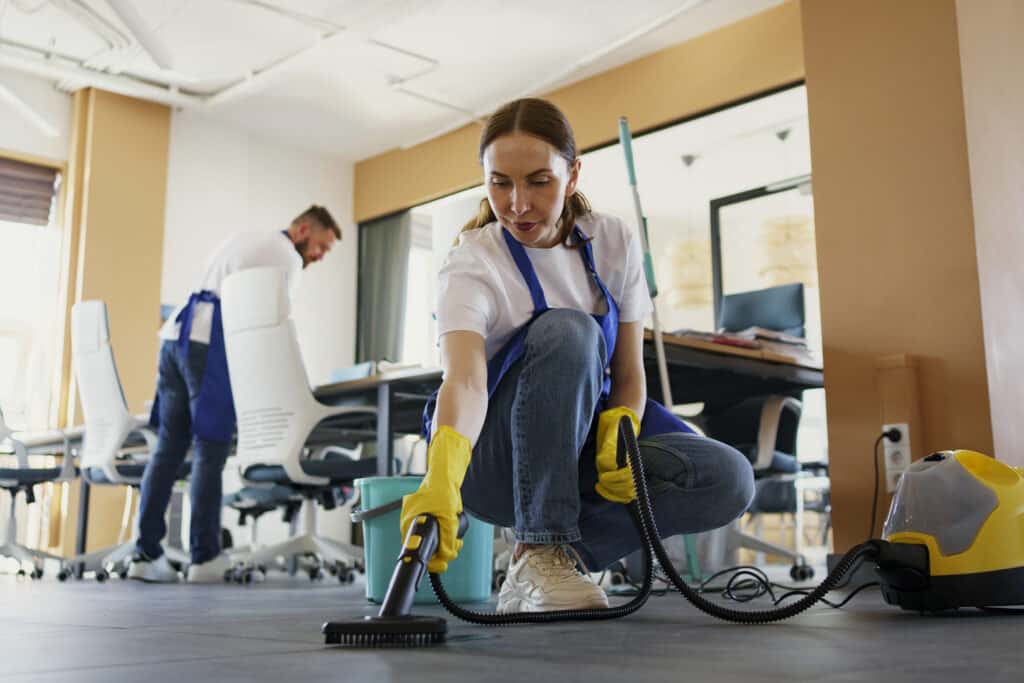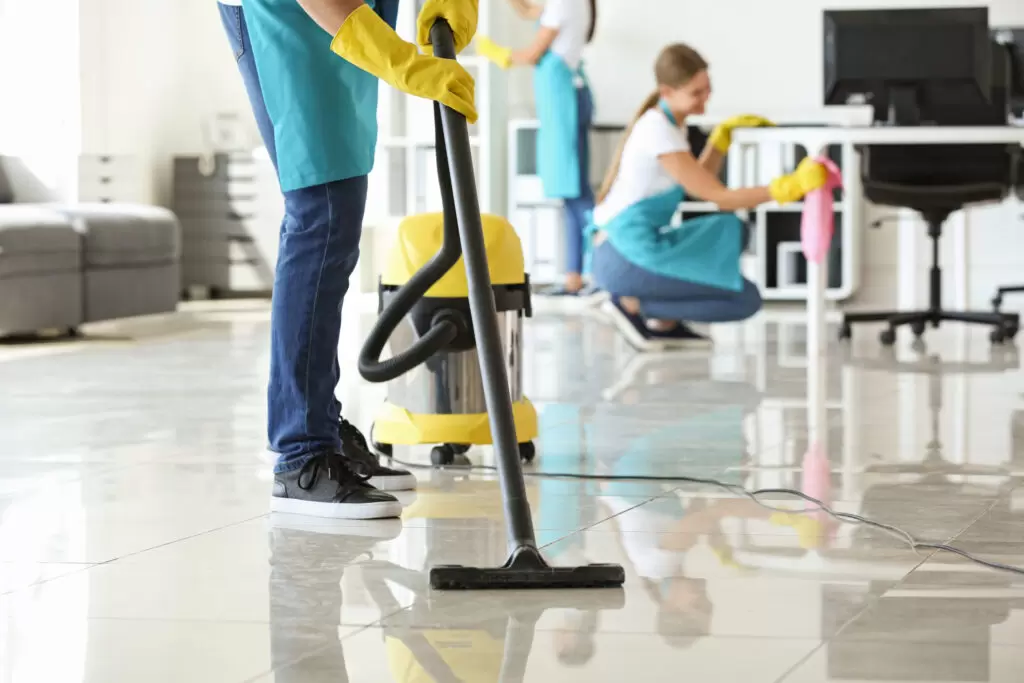Phone:
(516)349-8800
Physical address:
958 W Jericho Turnpike, Smithtown, NY 11787

New York City’s office buildings are bustling hubs of activity, home to tens of thousands of employees, clients, and visitors every day. From Midtown skyscrapers to Wall Street financial institutions, these spaces face constant foot traffic, wear, and tear. Maintaining high-traffic areas in NYC offices is not just about aesthetics; it’s about safety, efficiency, and overall employee satisfaction.
High-traffic areas including lobbies, elevators, stairwells, hallways, break rooms, and conference areas are critical touchpoints for anyone entering a building. When these spaces are well-maintained, they communicate professionalism and care, contribute to a positive workplace environment, and even enhance a building’s reputation. Conversely, neglecting these areas can lead to a host of problems, from increased maintenance costs to safety hazards and negative impressions on visitors.
This article explores strategies for effectively maintaining high-traffic areas in NYC office buildings, focusing on cleaning protocols, safety considerations, durability solutions, and long-term facility management.
High-traffic areas face unique challenges that make maintenance a continuous and often complex task:

One of the most effective ways to maintain high-traffic areas is by establishing a consistent, detailed cleaning schedule. The frequency of cleaning should reflect the level of traffic and the type of activity in each space. For example:
A structured schedule ensures that no area is neglected and allows building managers to track maintenance tasks efficiently. Many NYC office buildings now incorporate commercial cleaning services specializing in high-traffic spaces to maintain consistent quality.
The type of flooring in high-traffic areas significantly affects maintenance requirements and long-term durability. In NYC office buildings, where foot traffic can reach hundreds of people daily, choosing resilient, easy-to-clean materials is crucial.
Selecting materials with durability, aesthetics, and safety in mind reduces maintenance needs and creates a more inviting environment for employees and visitors alike.
Maintenance in high-traffic areas isn’t just about cleanliness it’s also about safety. NYC office buildings are responsible for ensuring their spaces minimize hazards and comply with safety regulations. Effective strategies include:
Safety measures, when combined with consistent cleaning, create a holistic approach to managing high-traffic office areas.

Modern facility management in NYC increasingly relies on technology and automation to streamline maintenance. Digital scheduling platforms, sensors, and smart cleaning equipment can make managing high-traffic areas more efficient.
By integrating technology, NYC office buildings can maintain high standards while optimizing labor costs and response times.
High-traffic areas in NYC are particularly impacted by seasonal changes and special events. Snow, ice, and salt can cause floor damage in winter months, while summer events can increase foot traffic dramatically.
Anticipating these fluctuations ensures that high-traffic areas remain safe, functional, and attractive year-round.

While in-house staff can handle daily cleaning, partnering with a professional commercial maintenance service provides several advantages:
Professional maintenance not only keeps spaces clean but also protects the building’s infrastructure, extending the lifespan of floors, walls, and fixtures.
Maintaining high-traffic areas in NYC office buildings requires more than routine cleaning. It’s a combination of smart material choices, scheduled maintenance, safety protocols, and technology-driven solutions. From lobbies to elevators and stairwells to break rooms, these spaces set the tone for visitors, employees, and tenants alike.
Buildings that prioritize maintenance not only reduce long-term costs and safety risks but also foster an environment that enhances productivity, employee satisfaction, and professional image. In a city as competitive as New York, where first impressions are crucial, the state of high-traffic areas reflects the standard of care and management of the entire building.
By embracing professional strategies, proactive maintenance, and thoughtful design, NYC office buildings can ensure that their high-traffic areas remain clean, safe, and welcoming a true reflection of excellence in commercial property management.